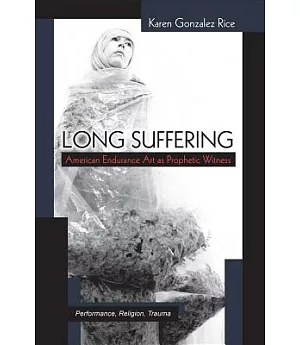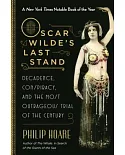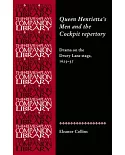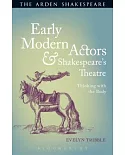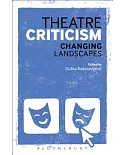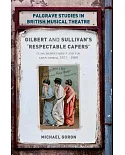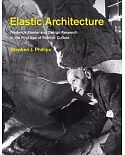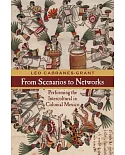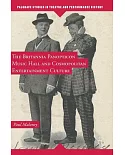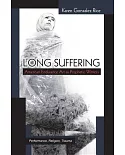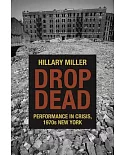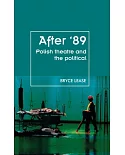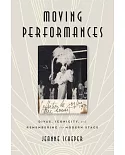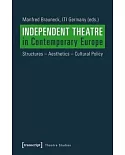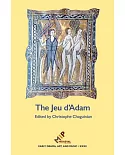Long Suffering productively links avant-garde performance practices with religious histories in the United States, setting contemporary performances of endurance art within a
broader context of prophetic religious discourse in the United States. Its focus is on the work of Ron Athey, Linda Montano, and John Duncan, U.S.-based artists whose performances involve
extended periods of suffering. These unsettling performances can disturb, shock, or frighten audiences, leaving them unsure how to respond. The book examines how these artists work at the
limits of the personal and the interpersonal, inflicting suffering on themselves and others, transforming audiences into witnesses, straining social relations, and challenging definitions of
art and of ethics. By performing the death of self at the heart of trauma, strategies of endurance signal artists’ attempts to visualize, legitimize, and testify to the persistent experience
of being wounded. The artworks discussed find their foundations in artists’ early experiences of religion and connections with the work of reformers from Angelina Grimké to Rev. Martin Luther
King, who also used suffering as a strategy to highlight social injustice and call for ethical, social, and political renewal.

